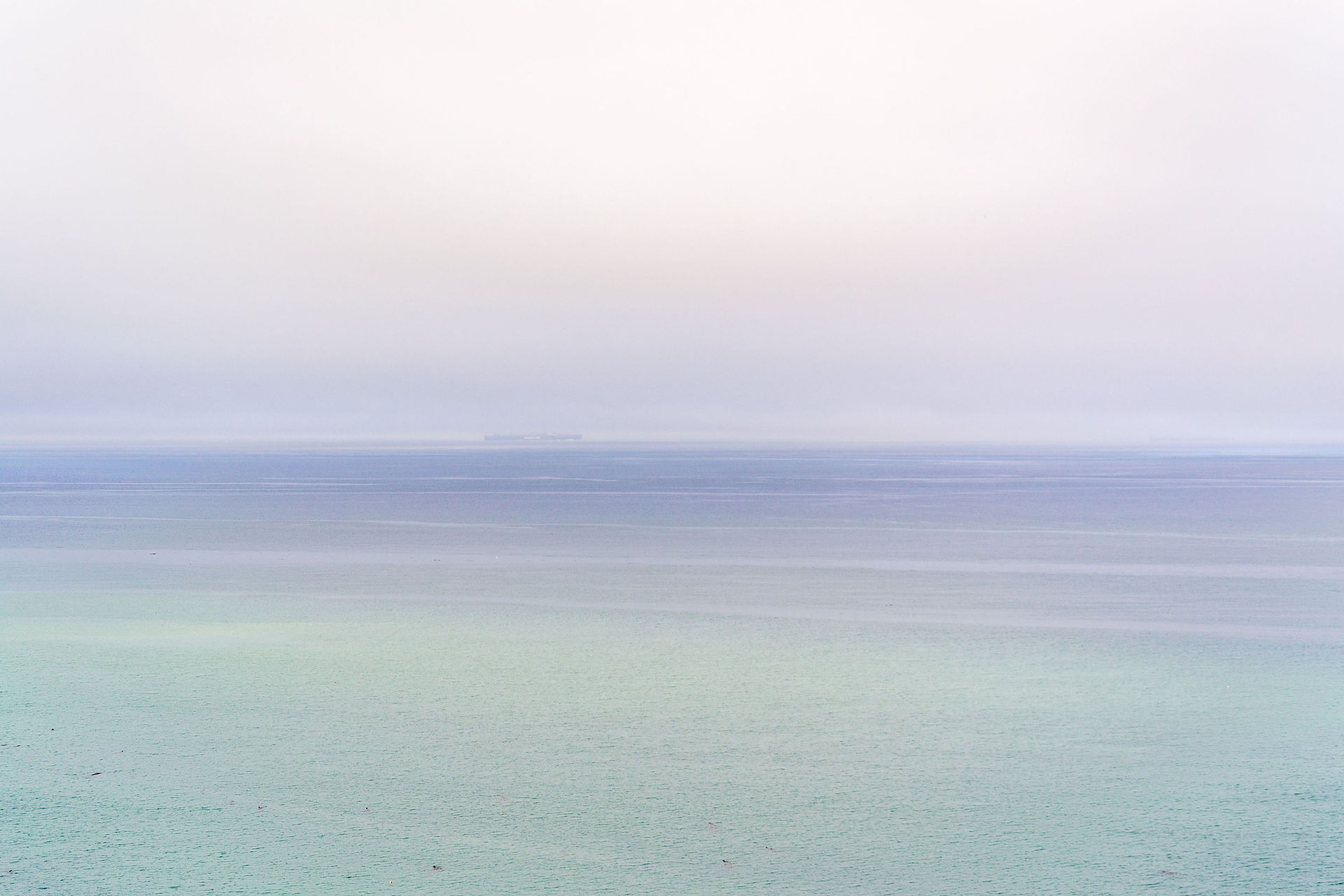

WHY PLASTIC
IS A PROBLEM
Why plastic is a problem
· Producing plastic uses approximately 8% of the world’s oil production.
· Australia produces nearly 3 million tonnes of plastic a year and less than 12% of this is recycled.
· Approximately half the plastic we produced is only used once and then discarded.
· So much plastic is discarded each year that it could circle the earth four times.
· It can take up to a thousand years for some plastics to degrade.
· In Australia, approximately 130,000 tonnes of plastic end up in the ocean each year.
· Across the globe, approximately 8 million metric tons of plastic waste enter the ocean every year.
· Our oceans contain huge accumulations of floating plastic, such as the Great Pacific Garbage Patch which is twice the size of Texas.
· Microplastic is eaten by marine creatures, mistaking it for food. Lodged in the stomach, it prevents them from taking in sufficient food, causing starvation.
Around a million sea birds and 100,000 marine mammals are killed annually from plastic in our oceans.
· 44 percent of all seabird species, 22 percent of cetaceans, all sea turtle species and a growing list of fish species have been found with plastic in or around their bodies.
· Twenty-six species of whales and manatees have been injured or died because their stomachs or intestines were blocked with plastic.
· Microplastics end up in the food chain and are ingested by humans.
· Plastics can be toxic: they can contain chemicals such as plasticisers, polychlorinated biphenyls (PCBs) and persistent organic pollutants (POPs) which can disrupt the endocrine system, affecting reproduction and metabolism.
(References available)